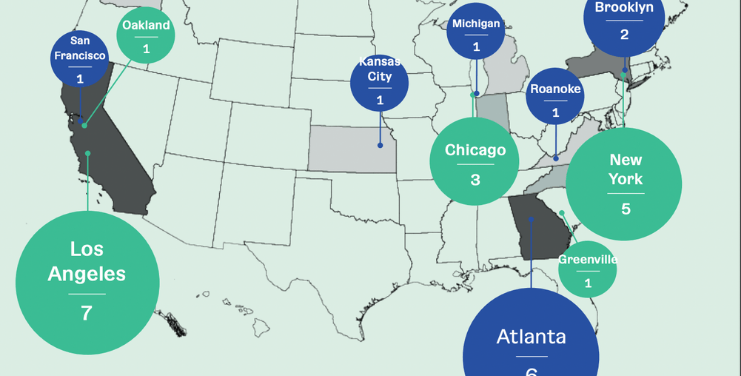Mary Spio wants people to follow her to the metaverse. Her VR streaming and hardware platform Ceek VR is cornering its own market segment, with much larger players and far fewer funds.
The company’s platform-agnostic approach that capitalized on the change from physical into online spaces brought on by the pandemic and its new models to monetize content and big-ticket partnerships has made for a financial windfall and greater possibilities.
“Once people experience content within VR, they don’t want to go back,” Spio told The Plug. “I say that looking at content in 2D is like looking at the world through a straw. Once you remove the straw and see life as it really happens in 360, most people don’t want to go back to looking at life through a straw.”
The Plug took a deep dive into the Ghanian-born entrepreneur’s unusual path to success as a tech entrepreneur.
Key takeaways from what’s inside include
- Mary Spio’s journey from fry cook at McDonald’s to creating patented satellite technology for Boeing; her foray into VR and the metaverse
- Navigating the white, boys club of Silicon Valley and how Spio made her $11 million in venture capital fuel billions in revenue
- A new way to monetize live events on the blockchain and woo entertainers and athletes to the platform
- How Ceek VR maintains a competitive edge among larger players like Oculus, Microsoft HoloLens and Sony Playstation VR
- How Spio is positioning the company to be a contender in the global VR headset market which is expected to reach around $44.2 billion by 2027
“The core of our business is the metaverse,” Spio said. “Everything else around it is
enabling people to be able to use the metaverse…Ultimately, we want to get to a billion users, and to do that, users have to have the flexibility of consuming the content in a variety of ways.”








